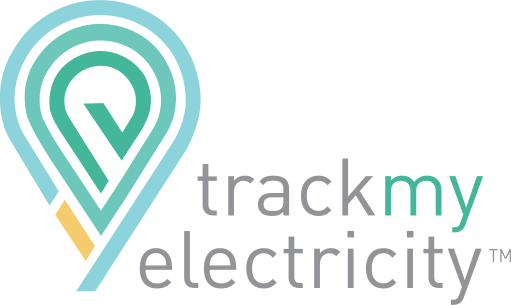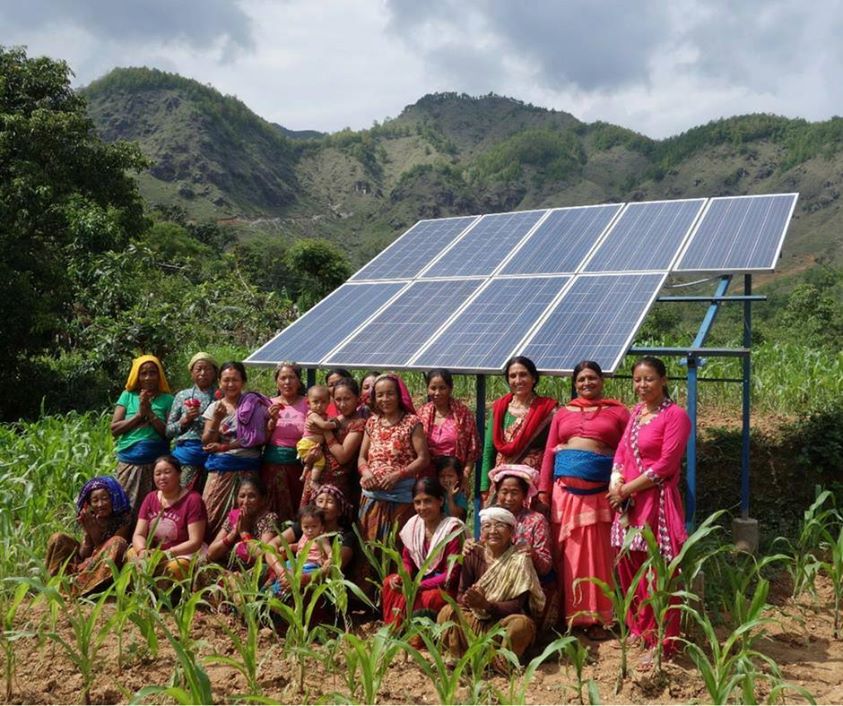In 2018-2019, in Bherichaal-Chepang, SEcURE project supported by Track My Electricity installed:
- A stand-alone solar power system for the Health Post, benefitting 3,883 people and
- A solar-powered flood-warning system, benefitting a sub-set of 1,650 people living on the flood plain.
In 2020, in Srijana Bazaar, the project will install:
- A solar-powered microgrid providing 33 electricity connections, benefitting 146 people with electricity access and supporting livelihoods diversification, as well as improving health services for nearly 2,000 people.
THE FLOOD WARNING SYSTEM
Surkhet is a mountainous region in the central-western region of Nepal. Erratic rainfall, combined with extreme flooding, is making livelihoods in the District harder for these already disadvantaged communities. As Nepal’s climate is changing faster than the global average, the risk of flooding is growing and its potential impact, with loss of life, homes and livelihoods, is an increasing threat.
The flood warning system is located in Bherichaal Chepang that lies at the confluence of Bheri River and Sot Khola (Stream) and was one of the communities worst-affected by the important Bheri flood during 2014 August.
The EWS system consists of an Audio Remote Terminal Unit, which is a microprocessor based digital device, that can be used for mass notifications using sound. The Unit has enough memory capacity to store hours of recorded messages that can be triggered locally or remotely via radio, the mobile network, satellite network or the internet when an emergency occurs. It can also be connected to cloud-based systems to automate mass notifications.
In Bherichaal Chepang, the village school roof was selected as the best site for the EWS system. A 3 metre aluminium mast was erected as a base for the solar panels and the EWS components. The weather-proof box housing the ARTU, amplifier, solar charge controller and battery are mounted on the mast as are the solar panels, (which are inclined at an angle of 45°, facing south) and two horn speakers. The system is properly grounded – see picture below.
The system is capable of triggering the siren in two different ways:
- a) Manual SMS: The siren can be triggered through an SMS sent manually by authorised mobile numbers. A list of mobile numbers have been registered into the system. In case of a possible hazard, any of these numbers can send an SMS to the early warning system to trigger the siren.
- b) Automatic SMS: The DHM can forecast floods and the areas likely to be affected based on river gauge readings installed upstream, as well as using data from meteorological stations. They can select the flood prone areas in a digital map and trigger all the sirens installed in that area simultaneously. Similarly, DHM can also send mass SMS to the mobile phones of the people living in that area
When the EWS system receives an SMS (from any of the above methods), it blasts out the siren with the recorded voice messages. The voice messages continue for 2 minutes, with a pause between consecutive messages.
The early warning system is owned and managed by community. A community-based Disaster Management Unit has been formed to take responsibility for the operation of the system and the dissemination of flood forecasts and warnings. They will also hold regular interactions with affected communities and other major stakeholders.


